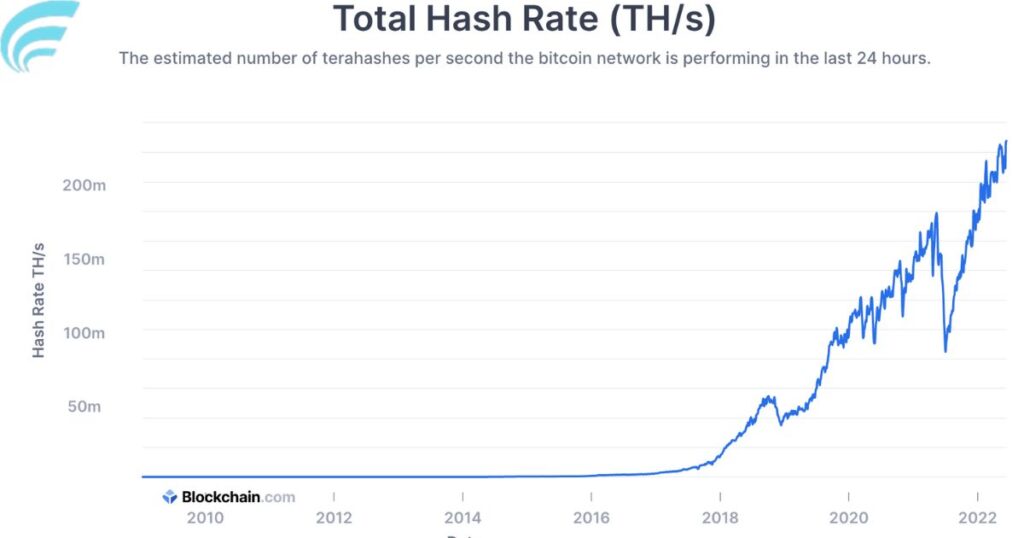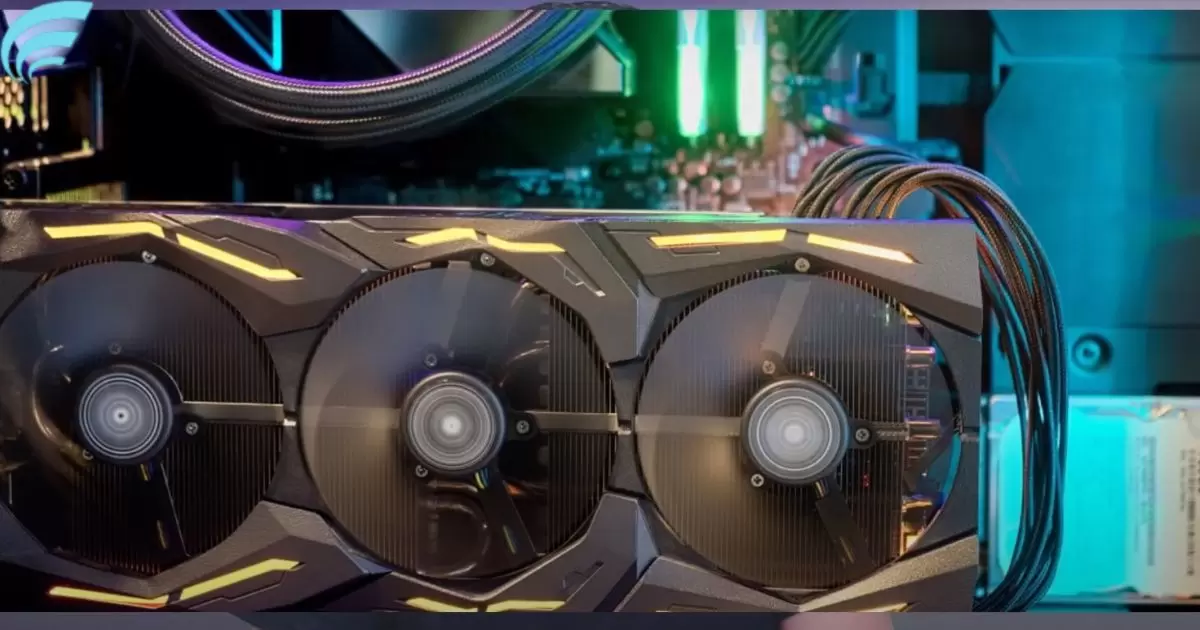An LHR (Lite Hash Rate) graphics card is a type of GPU designed with a slower mining speed on purpose. This is done to make it less appealing for cryptocurrency miners, as it reduces their efficiency in mining. LHR graphics cards are introduced to balance the demands of gamers and miners. They provide an option for gamers to access GPUs at more affordable prices while still offering excellent gaming performance, as they are optimized for gaming rather than mining.
Curious about the buzz surrounding GPUs with the acronym LHR? Let’s dive into the world of Lite Hash Rate graphics cards and demystify the question, What Is an LHR Graphics Card? a topic that’s shaping the gaming and cryptocurrency mining landscape.
An LHR (Lite Hash Rate) graphics card is specially designed to reduce its mining efficiency, making it less attractive to cryptocurrency miners. This reduction in hash rate deliberately hampers mining capabilities, offering gamers a cost-effective and accessible option without inflating GPU prices. LHR graphics cards are engineered to maintain gaming performance, providing an excellent balance between gaming and mining demands.
Understanding LHR Graphics Cards
To comprehend the concept of LHR graphics cards, it’s essential to break down the acronym:
Lite Hash Rate (LHR)

- Lite: The term lite in LHR indicates that the card’s hash rate, which is the speed at which it can perform cryptocurrency mining calculations, has been deliberately reduced or throttled to a lower level than what the hardware is capable of achieving.
- Hash Rate: The hash rate represents the computational power of a graphics card. It is measured in hashes per second (H/s) and denotes how quickly the card can solve complex mathematical algorithms, typically for cryptocurrency mining.
Why Lite Hash Rate?
LHR graphics cards have emerged due to the growing demand for high-performance graphics cards for gaming, content creation, and other GPU-intensive tasks. Cryptocurrency miners often target these high-performance cards because they are capable of generating higher mining profits. As a result, the availability and affordability of such cards have been impacted, making it more challenging for gamers to secure the hardware they need for their pursuits.
The Genesis of LHR Graphics Cards
The concept of LHR graphics cards was introduced as a response to this issue. Graphics card manufacturers recognized the need to strike a balance between serving the gaming community and addressing the demands of cryptocurrency miners. LHR graphics cards are an attempt to satisfy both groups by delivering a compromise between mining capability and gaming performance.
How LHR Works
LHR graphics cards are essentially regular graphics cards with a software-based limitation on their hash rate. This limitation is embedded in the card’s firmware or drivers and can’t be easily bypassed. When a miner attempts to use an LHR card for cryptocurrency mining, the card’s hash rate is significantly reduced compared to its full potential.
Implications for Gamers and Miners
- For Gamers: LHR graphics cards are a positive development for gamers. By reducing the mining efficiency of these cards, they become less attractive to miners, which can help alleviate the demand pressure on the market. Gamers can potentially find high-performance graphics cards at more reasonable prices and with greater availability.
- For Miners: While LHR graphics cards may seem like a setback for miners, they can still be used for mining purposes, especially in regions where electricity costs are low. Some miners may opt to purchase LHR cards for their operations.
LHR Graphics Cards vs. Non-LHR Graphics Cards
The introduction of LHR graphics cards has created a distinction between LHR and non-LHR graphics cards. Here’s how they compare:
LHR Graphics Cards
- Reduced Mining Efficiency: LHR cards have a reduced hash rate when used for mining, making them less appealing to miners.
- Affordability: These cards may become more affordable and accessible for gamers due to reduced demand from miners.
- Gaming Performance: LHR cards offer gaming performance similar to non-LHR cards.
- Limited Utility for Miners: Miners may find LHR cards less cost-effective for mining, especially in regions with high electricity costs.
Non-LHR Graphics Cards
- Full Mining Efficiency: Non-LHR cards operate at their full hash rate potential, making them attractive to miners for cryptocurrency mining.
- Pricing Challenges: The high demand for non-LHR cards from miners can lead to increased prices and limited availability for gamers.
- Gaming Performance: These cards are well-suited for gaming and other GPU-intensive tasks.
Choosing the Right Graphics Card
The decision between LHR and non-LHR graphics cards ultimately depends on your intended use and regional factors. Here are some considerations for making the right choice:
For Gamers
- Budget and Availability: Consider your budget and the availability of graphics cards in your region. LHR cards may offer a more affordable gaming solution.
- Performance Requirements: Evaluate your gaming performance needs. LHR cards deliver gaming performance similar to non-LHR cards, making them suitable for most gaming scenarios.
For Miners
- Mining Efficiency: If mining is your primary focus, non-LHR cards are more efficient for cryptocurrency mining.
- Electricity Costs: Take into account your electricity costs, as they play a significant role in mining profitability. In regions with low electricity costs, LHR cards may still be viable.
The Future of LHR Graphics Cards
The introduction of LHR graphics cards represents an industry response to the challenges created by high demand from cryptocurrency miners. While these cards may alleviate some of the pricing and availability issues faced by gamers, the situation is dynamic and can change over time.
Evolving Technologies
Technology evolves quickly, and manufacturers continually innovate. LHR graphics cards are just one response to the current landscape. As new solutions and technologies emerge, the dynamics of the graphics card market can shift, with offerings from established manufacturers like Gigabyte Make Good Graphics Cards contributing to this evolution.
Market Trends
Many things can affect how much people want graphics cards, like what’s happening with cryptocurrencies, what rules the government makes, and when new games or apps need powerful graphics. Watching these things can help people make good choices.
Regional Variations
Graphics card availability and pricing can vary significantly by region due to factors like import tariffs, taxes, and local demand. It’s essential for consumers to consider these regional variations when purchasing a graphics card to make informed decisions and optimize their buying experience.
Table: Regional Variations in Graphics Card Prices
| Region | Average Price (USD) | Key Factors |
|---|---|---|
| North America | $600 | Demand, Tariffs, and Taxes |
| Europe | $650 | VAT, Import Duties |
| Asia | $550 | Supply and Demand |
| Middle East | $700 | Import Costs, Demand |
| Oceania | $600 | Import Tariffs, Demand |
Please note that these figures are averages and can vary further within specific countries or cities. Regional variations often dictate when and where it’s best to buy a graphics card.
FAQs
Why were LHR graphics cards introduced?
LHR graphics cards were introduced to strike a balance between the needs of gamers and cryptocurrency miners. By reducing mining efficiency, they aim to make high-performance GPUs more accessible and affordable for gamers.
Can LHR Graphics Cards Still Be Used for Mining?
Yes, LHR graphics cards can be used for mining, but they are less efficient due to the reduced hash rate. They may remain viable for mining in regions with low electricity costs.
How Do LHR Graphics Cards Compare to Non-LHR Cards?
LHR graphics cards have reduced mining efficiency, making them less attractive to miners. They offer gaming performance on par with non-LHR cards, making them appealing to gamers.
What Factors Should I Consider When Choosing Between LHR and Non-LHR Graphics Cards?
Consider your budget, regional factors, and primary usage. Gamers may favor LHR cards for affordability, while miners may opt for non-LHR cards for mining efficiency.
Conclusion
In the realm of graphics cards, the emergence of LHR, or Lite Hash Rate, graphics cards has ushered in a new era of balance and adaptability. These cards represent a response to the ever-evolving landscape of demand, where gamers and cryptocurrency miners vie for the same high-performance hardware. LHR graphics cards show that the industry is trying to make both gamers and miners happy.
They want gamers to have great experiences and deal with the problems caused by miners. As the tech industry advances, the future of LHR graphics cards remains an open question, with their impact evolving alongside technology, market trends, and regional variations.In this ongoing conversation, the blurred lines between gaming and mining reveal the complexity of individual choices.
Whether you’re a gamer in search of a cost-effective and accessible graphics card or a miner focused on optimizing mining operations, your decision between LHR and non-LHR cards depends on a myriad of factors. The graphics card market is dynamic, and adaptability is key. Staying well-informed about the latest developments and market trends will empower users to make the most suitable choices for their unique needs, adapting to the ever-changing landscape of technology and consumer demand.











